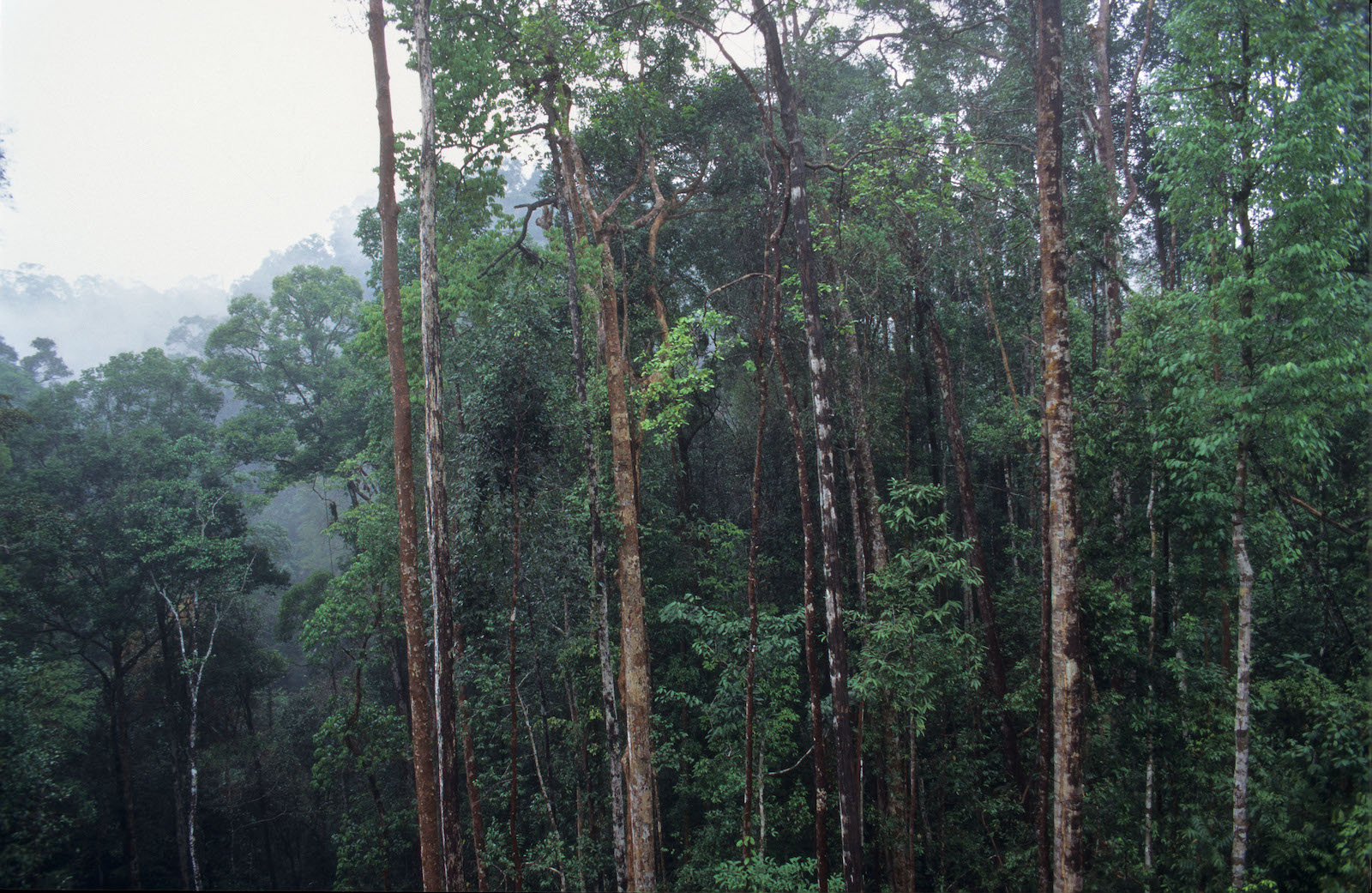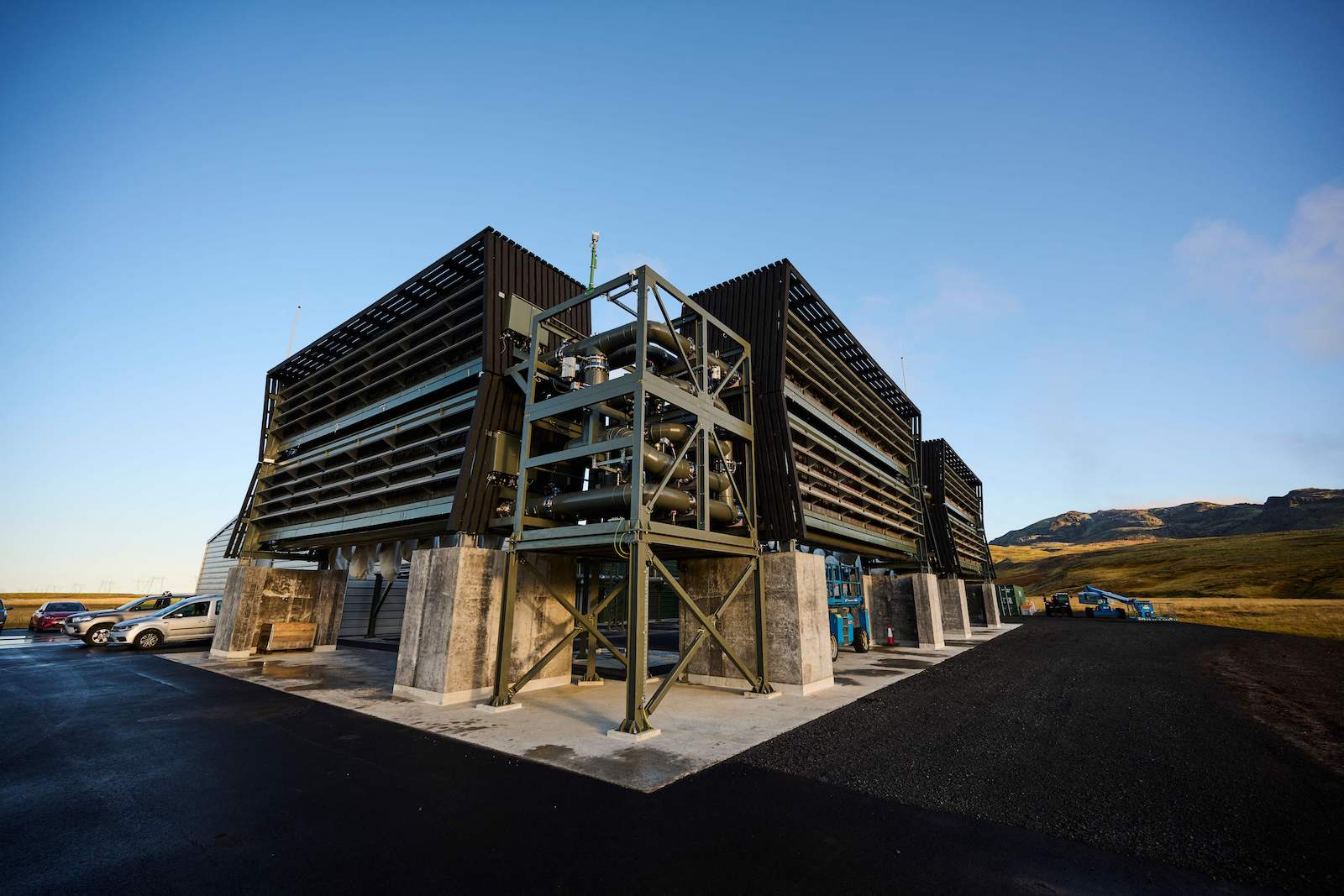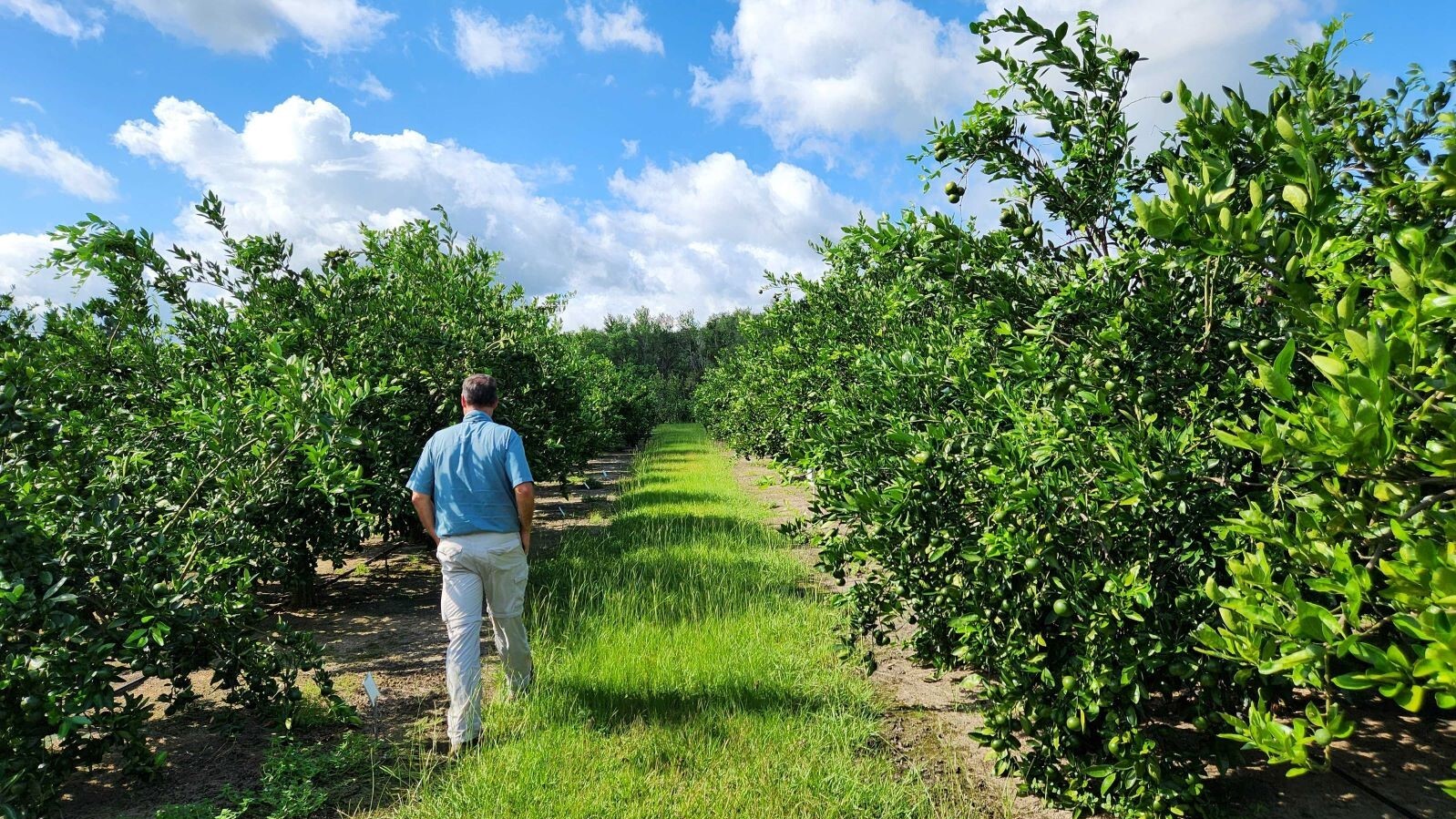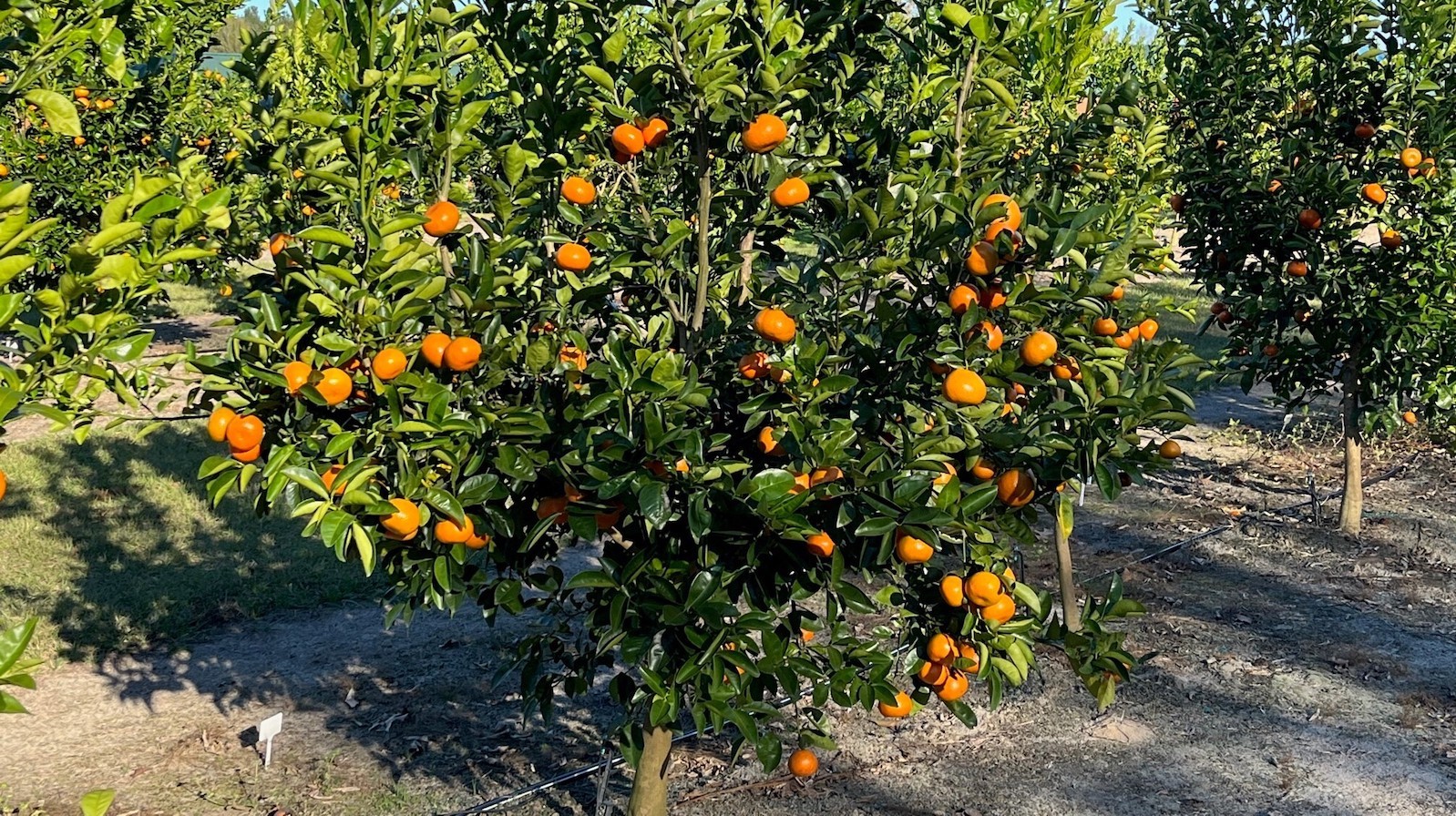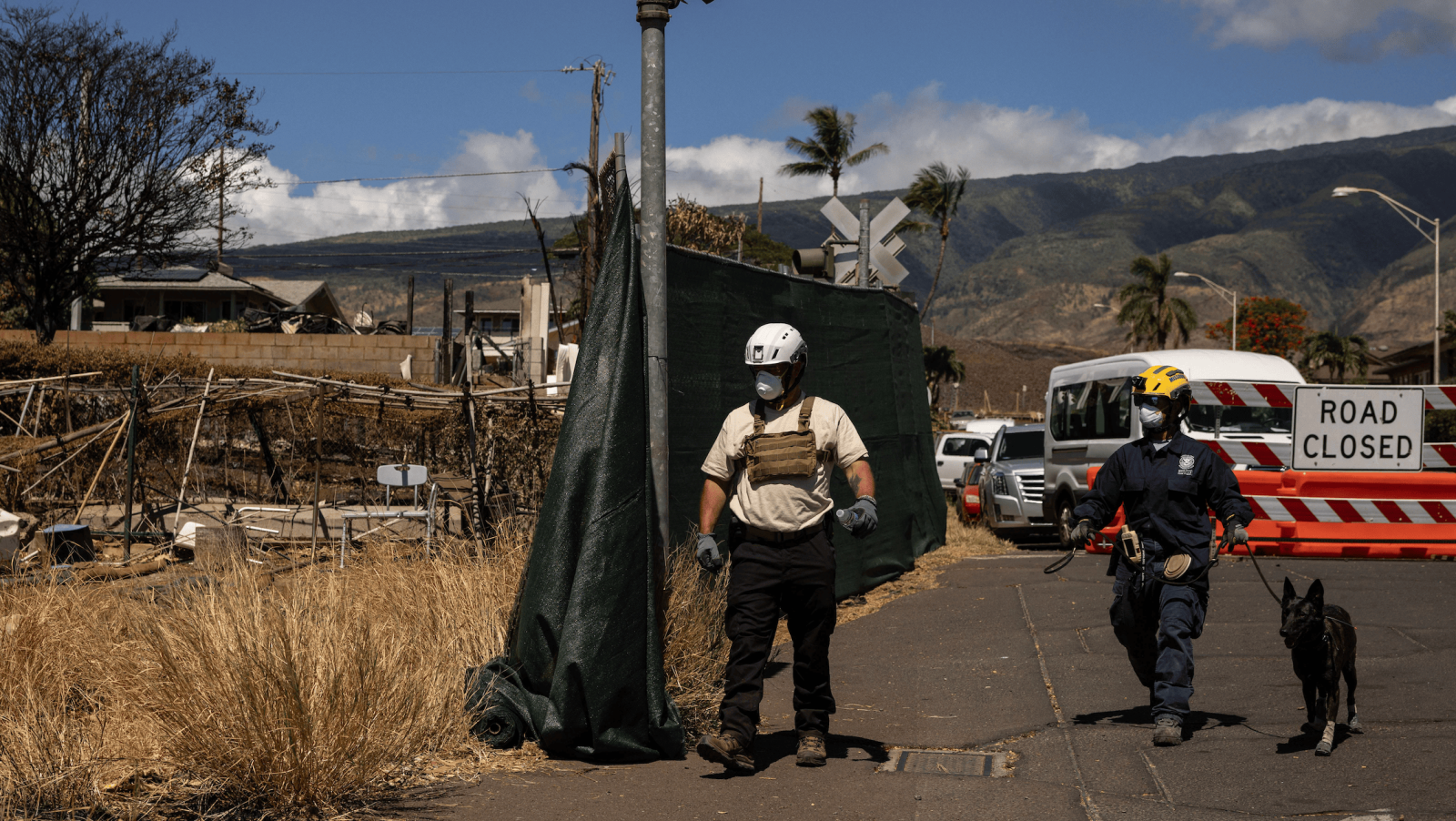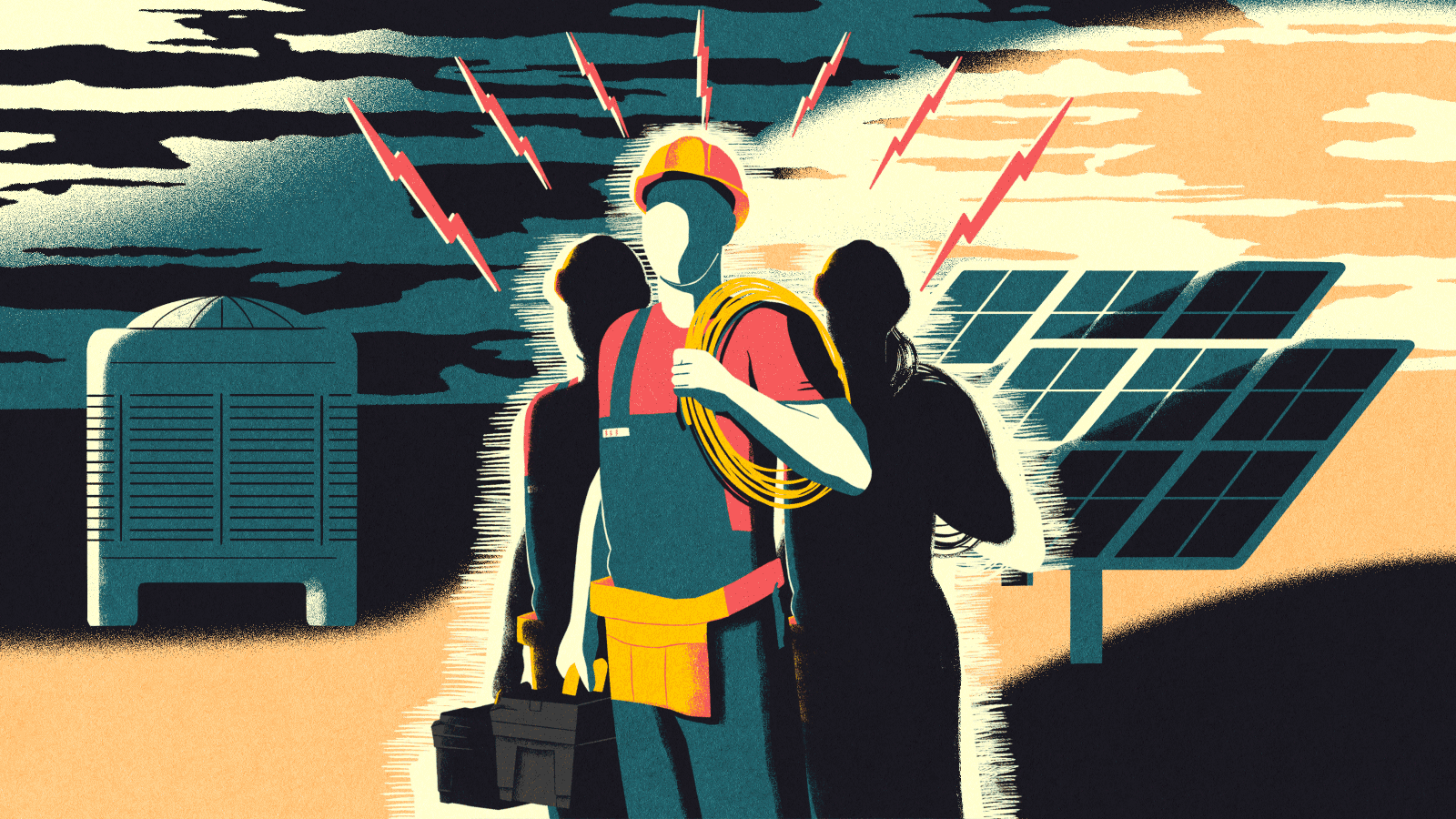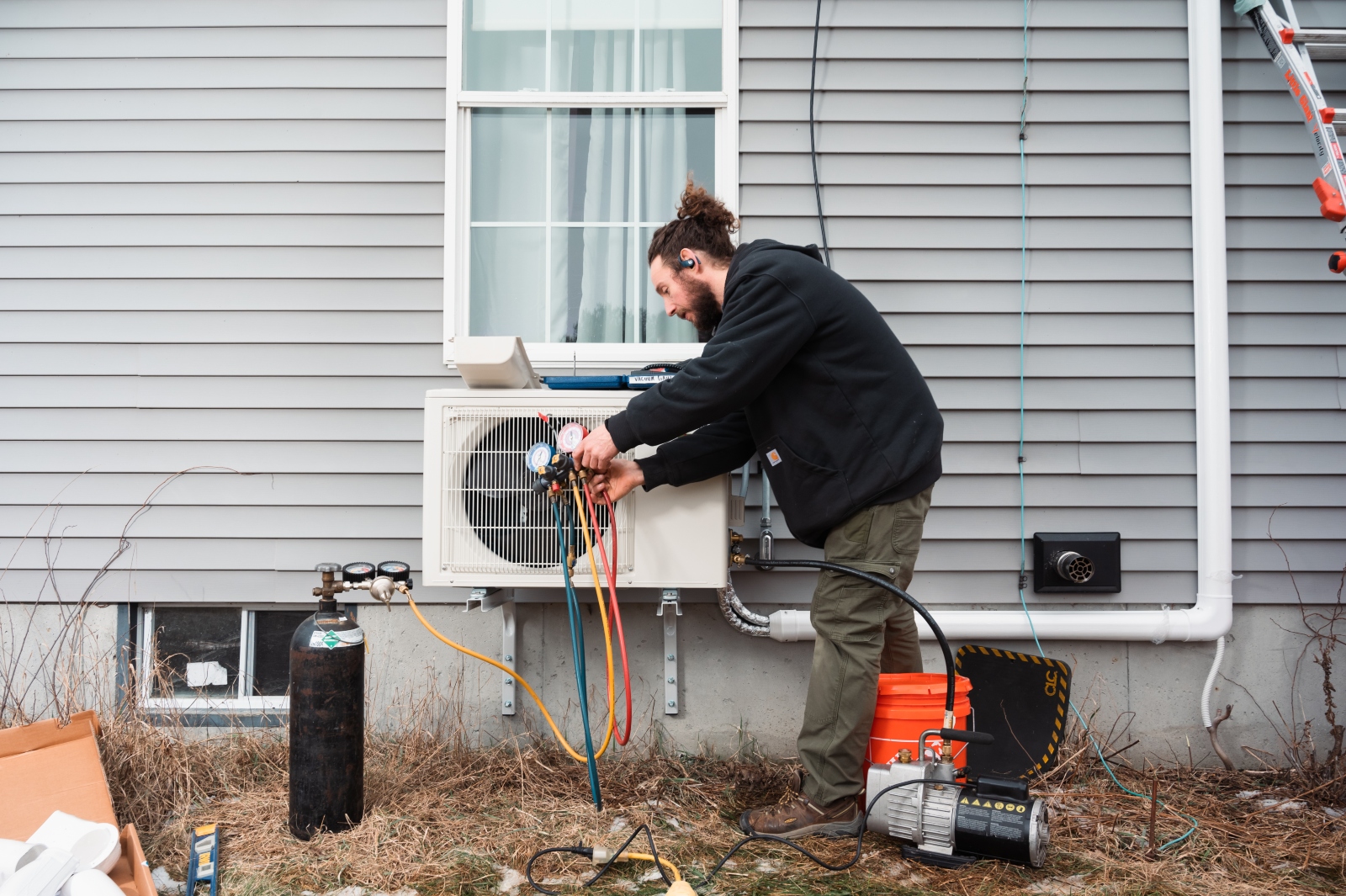When people think about “climate fiction,” they tend to imagine the speculative sci-fi of writers like Kim Stanley Robinson, or perhaps the eco-anxiety that pervades a book like Jenny Offill’s Weather. These are books where the visible effects of the climate crisis dominate the plot or at least the thought patterns of the characters. Lydia Kiesling’s Mobility, which came out last month, is a different kind of climate novel: It tells the story of a young woman who doesn’t think that much about the climate crisis at all, despite her ancillary role in causing it.
The protagonist, Bunny Glenn, works for a small, family-owned oil company, first as an administrative assistant and later as a public-relations executive focused on advancing the interests of “women in energy.” She only took the job because she couldn’t find a better one, and she feels vaguely that there’s something wrong with what she’s doing. Nevertheless, she doesn’t have any plans of quitting. In the words of Gillian Welch, she wants to do right, just not right now.
Though Mobility looks superficially like a story about one woman’s aimless young adulthood and middling professional career, the question of Bunny’s complicity in the destruction of the planet can’t help gushing up, complicating the book’s tale of class anxiety and alienation. Kiesling doesn’t force her preoccupation with climate change on the reader, but she does challenge them to look beyond Bunny’s blinkered consciousness and spot the two-way relationship between individual decisions and the slow progress of planetary collapse.
Kiesling’s first novel, The Golden State, narrates a 10-day span in the life of a young mother who moves out to the California high desert on her own to grapple with her new life as a mother. Right from the start, Mobility takes a different tack: Rather than a one-week snapshot of a young woman’s life, the novel charts that woman’s trajectory over the course of several decades, sweeping from the past through the present and into a not-too-distant future.
But if Mobility is a bildungsroman, it’s a somewhat uneventful one. The narrative opens on Bunny as a teenager in Baku, Azerbaijan, where her father has a Foreign Service posting. Diplomats and oil company officials have descended on the Central Asian nation, jockeying for a share of its all-important Caspian Sea petroleum, but Bunny isn’t thinking much about the “the aboveground oil pipes that snaked through the dirt roads and knobby paved streets” of Baku’s urban sprawl. She’s more focused on Eddie, the documentary filmmaker she has a crush on, and Charlie Kovak, a renegade journalist who looks a little too long in her direction.
The wax remains in Bunny’s ears until well into her twenties, by which time she has moved back in with her mother in Beaumont, Texas, a city home to the enormous Motiva oil refinery complex. Fresh off a breakup and stripped of career prospects thanks to the 2008 recession, she stumbles into doing administrative work for an engineering company, then moves over to the new “energy solutions” unit of a domestic oil company, which is starting to invest in solar and other non-fossil technologies. The oil company, privately held and family-run, comes off as a miniature version of Hunt, complete with a patriarchal executive who resembles industry titan H.L. Hunt. Bunny soon makes herself indispensable to that boss, Frank Turnbridge, whoʻs fond of saying that his company thinks in “geologic time.”
The contrast between individual human lives and larger economic and geological forces is omnipresent in the book, sometimes in Bunny’s thoughts and sometimes in more subtle aesthetic juxtaposition, such as when Bunny orders a chicken Caesar at a work lunch in Beaumont and looks out at a “golf course … pale with heat and refinery haze.” The three sections of the book are labeled “Upstream,” “Midstream,” and “Downstream,” oil industry terms for different stages of the production cycle, and each smaller chapter opens with the index price of U.S. crude oil in the year the chapter takes place. As a result, the reader is reminded that not only economies but also personal lives follow the movements of global commodity markets. By the same token, the “mobility” of the book’s title could refer to Bunnyʻs personal mobility through the class strata of Texas or the spatial mobility we gain by burning oil in cars and airplanes.
In addition to following Bunny’s entanglement with oil, the narrative also follows her evolution into a pathbreaker for professional women. During the first half of the book, we find her on the outside of conversations between more knowledgeable men, first the expat guys in Baku and then the oil buffs at parties in Houston. But by the end of the book Bunny is at an all-women roundtable at a big conference back in Baku, holding her own with other successful professionals from BP and the American embassy who are gathered together for “the promulgation of various agendas.”
Kiesling herself cares a lot about climate change — she’s written an essay about wildfire for the Wall Street Journal and volunteered with Portland mutual aid groups during that city’s heat wave — and Bunny serves as a kind of alternate version of her author. Sheʻs more or less the same age as Kiesling, and both came of age as the child of a prominent diplomat. But the two take very different paths through the labyrinth of millennial existence. Instead of becoming a writer with left-wing politics who lives in a liberal West Coast city, Bunny becomes a materialistic professional in Texas who talks to finance guys at boring weddings. (The descriptions of bourgeois Houston’s rooftop parties and ugly skyscrapers ring true, though one pities Bunny’s commitment to trying all of the cityʻs ethnic cuisines “in some small portion,” given the average size of an entree in that city.)
Almost as if she can hear Kiesling breathing down her neck, Bunny tries to justify her choices, parroting her bossʻs pro-oil arguments in her conversations with her brother’s environmentalist girlfriend. When she loses the argument, she goes for a swim and reposes in the comfort of her industry expertise, “thinking rebelliously about soft salt domes and ancient stones and flat-bottomed barges transported in pieces across the earth.”
As it follows Bunny through the garden of forking paths, the narrative asks us to reflect on all the unintended consequences of mere existence. Like all of us, Bunny comes into contact throughout her life with any number of random people, from petty colleagues in the engineering firmʻs admin pool to one-night stands at the wedding of a childhood friend. Neither she nor the reader can ever know what effect she has on the course of those people’s lives. In just the same way, she can’t recognize her own role in the destruction of the earth — can’t see that after sowing the wind at her women in energy conferences she will someday reap the whirlwind in the form of heat waves and hurricanes. Even someone like this, the book seems to say, has a fearful agency. When describing Bunny’s mother’s new vegetable garden, the narrator notes that “it had taken very little time, in the scheme of things, to totally remake the earth.”
Or maybe not. Toward the end, after a climactic return to Baku and an encounter with an old flame, the timeline starts to move faster, and the external world pushes in to drown out Bunny’s internal monologue. The narrative becomes a haze of headlines about oil and gas mergers, presidential elections, pandemics, and climate disasters. Is this a sign that Bunny’s habitual ignorance is at last giving way to a more defined political consciousness? Or is the narrative pulling away from its head-in-the-sand protagonist, reminding us that the story of the earthʻs collapse is much bigger than mere human emotions?
The novel’s final feint raises a deep set of questions about how to depict climate change in fiction. After first posing as a novel of slow and delayed self-discovery, Mobility at the end almost seems to adopt the structure of classical tragedy, forcing Bunny to live in the world that her work for old Turnbridge’s oil company helped to create. She “wonders whether she would see her father and brother and sister-in-law again,” Kiesling tells us in the final chapter. “Flying was out of the question for Elizabeth; the turbulence had gotten too bad … they could always drive the van somewhere to get out of the smoke for a while.”
It’s unclear whether the external world is taking revenge on Bunny for her actions, a la Sophocles, or whether Bunny just happens to have been alive during a specific chapter of ecological collapse — in other words, it’s unclear whether we should think about the narrative in human time or in geologic time. For Kiesling to provide an answer to this question would also be for her to pass judgment on Bunny, and she avoids doing so. There’s a lesson in there for many climate-conscious readers in a country that has emitted the largest share of historical carbon. However Bunny’s life may differ from our own, we too are both guilty and not.
This story was originally published by Grist with the headline Forget eco-activists: This climate novel stars an oil industry shill on Sep 1, 2023.

